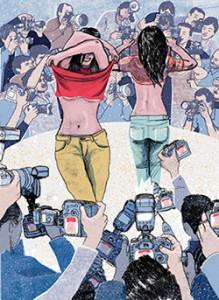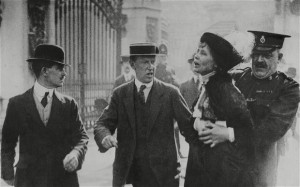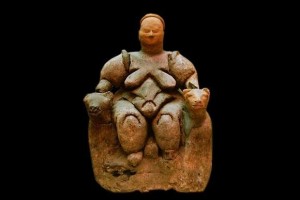Since ancient times, the desire for gold has had a way of turning human beings into monsters of greed. The Greek god Dionysus granted the mythical King Midas the golden touch, but only after the king had inadvertently turned his daughter into gold—and realized that he himself would starve to death—did he see his wish as a curse. The Roman poet Virgil wrote in “The Aeneid,” “Accursed thirst for gold! What dost thou not compel mortals to do?”
The alleged discovery last month in Poland of one of the lost Nazi “gold trains” is a case in point. Missing from the excitement over the train—supposedly dispatched at the end of the war (and buried since then), with millions of dollars worth of stolen loot, gold bars and armaments—is acknowledgment that this so-called treasure is the effluence of evil.
Prospectors have flooded the area where the train is said to be. Last week, regional authorities sought the help of the Polish army, as if to prove the famous line in John Huston’s 1948 film “The Treasure of the Sierra Madre”: “When the piles of gold begin to grow…that’s when the trouble starts.”















